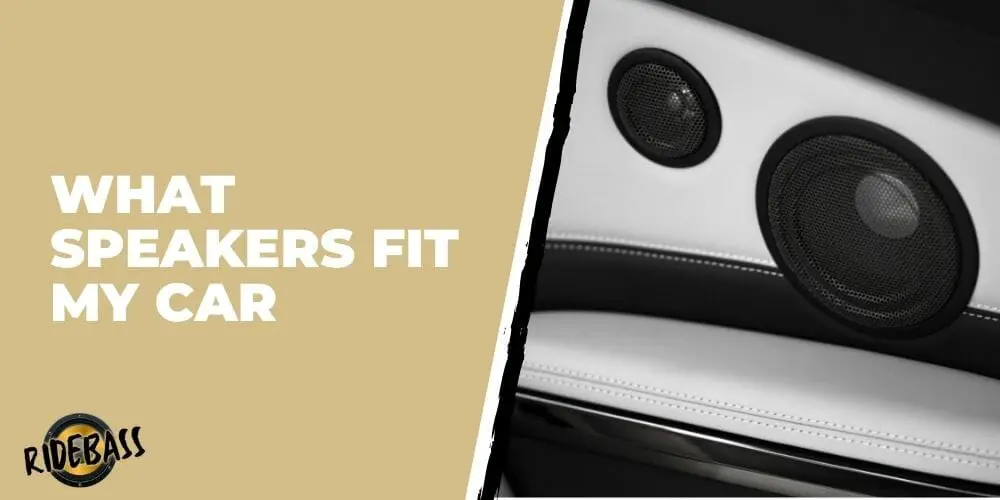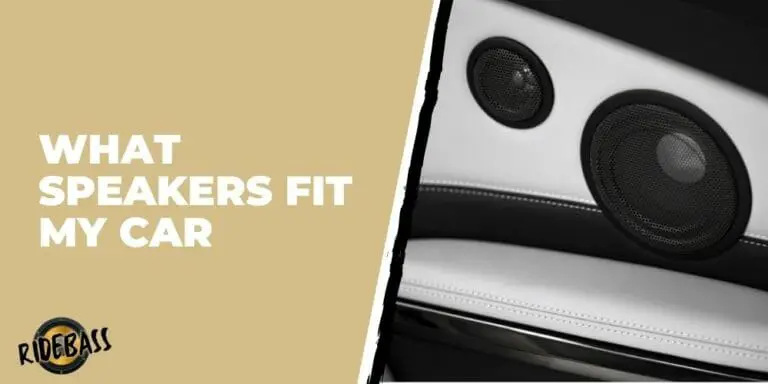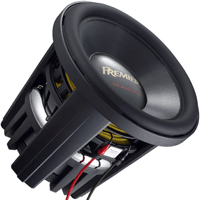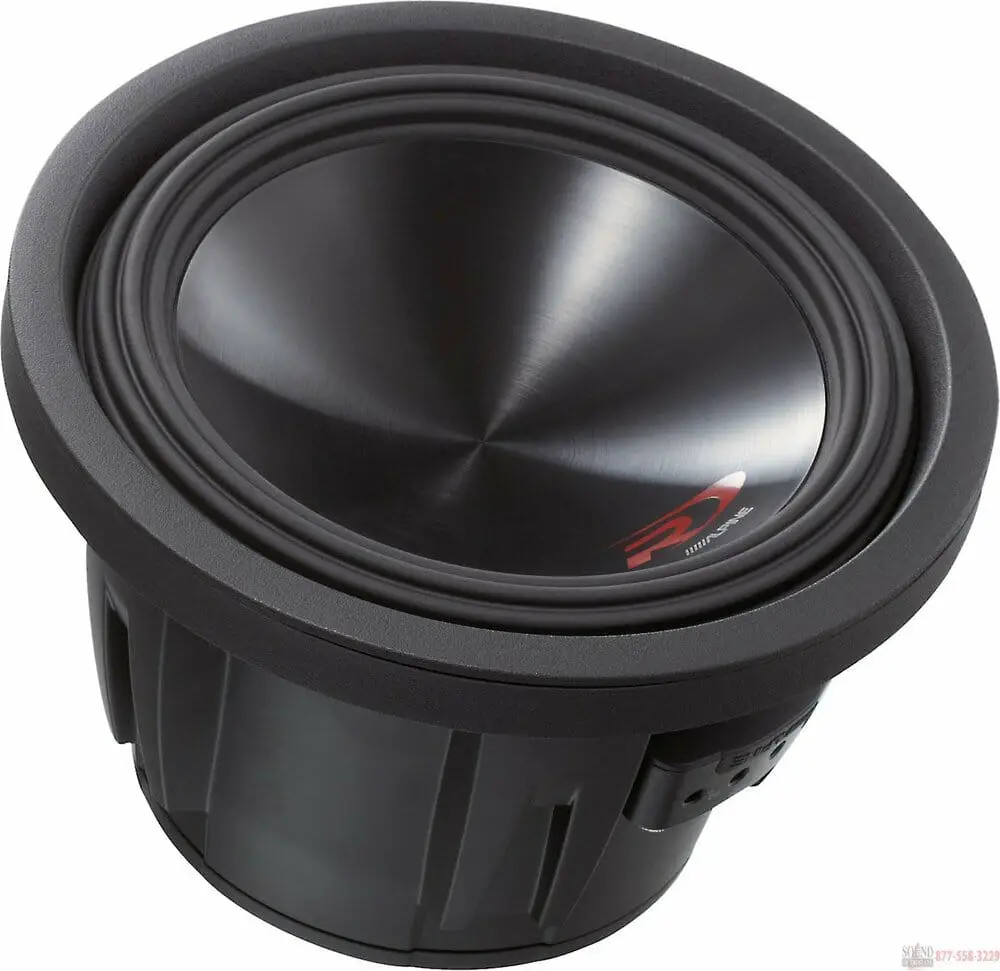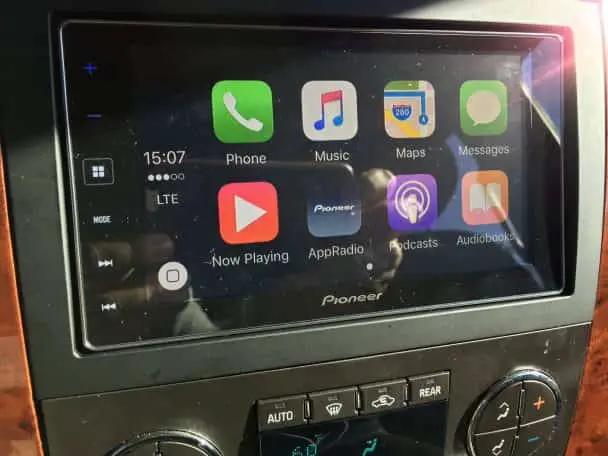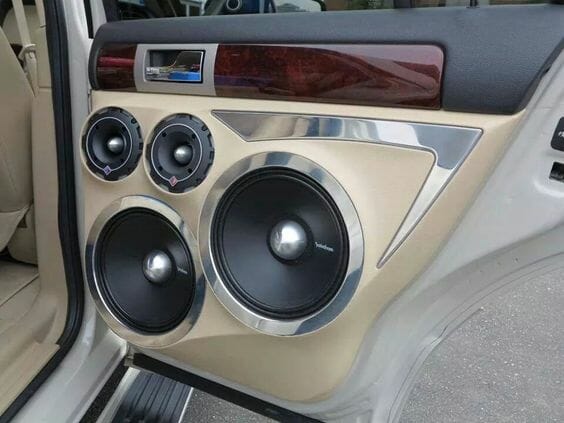It is the same question, always, do they fit? Getting the right speakers for your car is as important as getting a pair of shoes that fit. Too small will be painful for the feet; too big will have you dragging your feet. Both would be uncomfortable. The same applies to speakers.
Car speakers are essential for enjoying a good quality ride. Whether you are riding to or from work, on the road away from home, or just one of those times you want to ride through the streets. Car speakers enhance the music experience and optimize clarity while listening to interesting audio podcasts.
Perhaps factory-made speakers aren’t giving you the right sound you want even at their best, or perhaps they are just getting old and cranky or maybe, unfortunately, got burnt down, and you seek a perfect replacement.
This article has researched and analyzed suitable options, considerations, and installation guide for a new set of car speakers.
But just before we dip our toes in, let’s clear some basics
Car speakers, as you know, transform electrical energy and transmit it as sound energy.
Some basic terms to watch out for:
Tweeters: These are components of car speakers designed to produce high-frequency sound around 2-20kHz, a range at which the human ear can optimally perceive auditory signals.
Subwoofers: While tweeters are small and produce high-frequency sound, woofers are larger, about 8-15 inches, and are designed to reproduce low-frequency sound. Generally, car speakers carry what is referred to as subwoofers, which are smaller than woofers and can fit into the dash or door of cars.
Crossover: The cross-over network filters frequencies and appropriately channels them to the speakers or prevents them from getting to the speakers. There are different forms of cross-over networks, including 2-way, 3-way, and 4-way.
- The 2-way crossover is the basic arrangement that contains a low pass filter and a high pass filter. The low pass filter allows the low frequency to reach speakers that reproduce low-frequency sound, whereas the high-frequency pass channels high-frequency sound to speakers that reproduce higher frequencies.
- The 3-way crossover has the same components of a 2-way system coupled with a mid-range speaker that operates in between the low and high frequencies.
- The 4-way crossover is by far the most sophisticated. They contain all the parts of a 3-way system and add an extra high-frequency speaker.
There are two types of car speakers:
Component Speakers
The tweeters, subwoofers, and crossover systems are separated into component speakers. Drivers include tweeters, woofers, and mid-range speakers. However, all the parts work together to produce incredible sound quality.
- Pros: Component speakers are adjustable and produce the best sound.
- Cons: Component speakers are more expensive, harder to install than coaxial speakers, and require a crossover network.
Coaxial Speakers
Also referred to as full-range speakers, these are the most common speakers found in cars. Typically contains only tweeters and woofers. However, the arrangement in the coaxial system combines the tweeters and woofers in the same place.
- Pros: Easier to install, cheaper than component speakers.
- Cons: Even though some produce high-quality sound, full-range speakers are generally of lower quality than their counterparts.
What size speakers are in my car?
Good question. Before you make up your mind to replace your car speakers, it is crucial to know the size that win-dash your car.
Let’s take a brief look at the available sizes then see which size you have.
- 3.5 inch: This size group is the smallest and is usually installed in-dash ports. They are good for mid-range and high-frequency sounds, however, they aren’t made for low frequency. These small sizes are usually found in older cars.
- 4 inch: This size offers good mid-range and high frequency. Their small size makes them ideal for tight spaces, they are also a cost-effective option. They however provide limited bass.
- 4×6 inch: Many factory-made speakers are made in this size. They are the most commonly available options on the market. Although they have a small woofer cone, the 4 by 6 speakers offer a decent performance. They generally fit into several audio systems.
- 4×10 inch: This oval-shaped speaker affords a unique option where other sizes fail to fit perfectly. Although modern cars typically feature round speakers, older models and a few modern cars require 4×10 inch speakers.
- 5 inch: Typically found in Japanese-made cars, the 5-inch size offers an incredible balance between low and frequency sounds. Although they aren’t ideal for bass lovers, they could independently satisfy the needs of average music requirements.
- 5.25 inch: Ideal for high-frequency sound, this size seems to be the most preferred option for factory door speakers. 5.7 and 5.75 inches offer a little better performance and are common replacements for low-frequency
- 6 inch: They are intentionally designed to withstand the vibration and shock that are typical with low bass. They offer good quality in mid-range and low-frequency sound.
- 6.5 inch: The most widely available factory car speaker size. They are ideal for front door installation and provide premium high-frequency or a wide range of frequencies.
- 6.75 inch: Another great option for low bass. They are designed to provide remarkable low bass, but as a consequence high-frequency sound is compromised. They aren’t a great option when details are important such as when listening to podcasts or decoding song lyrics.
- 6×8 and 6×9 inches: Designed for low bass output, these two options are ideal for rear dash ports due to their ze. They offer terrific low-frequency sound for bass lovers. However, they require frequency power to operate.
- 8 inch: The biggest available size, yet. This end size is specifically made for bass. It offers insignificant performance on high-frequency sound. They require a lot of power to perform at optimal levels. They are expensive and their large sizes make them ideal for trunk installation.
What kind of speakers are in my car?
Now that you know factory and aftermarket sizes available, you are set to find the type you have in your car.
There are two ways to find out the size and design of the factory car speakers you have.
The first way, and perhaps the easiest, is to consult an expert in this field. If you are buying from a local shop, you can directly ask for the right fit for your car. They will readily tell you or open up your car to find out for you.
But there’s another option; a car enthusiast would probably go for this. It doesn’t take special expertise to open up and find out what kind of car speakers you have. It only takes a few simple steps and basic equipment. It is also significantly cheaper, plus it allows you to know more about your car.
How to measure car speakers
First of all, you need the right tools for the job. Here is a list of tools you need to get the job done successfully.
- Screwdrivers
- Wire cutters
- Crimp plier
- Allen wrenches
- Small knife
- Soldering iron
- File
- Electrical tape
Hold on! Before you go on to dismember your car, we have provided precautions to follow:
- Remove your car battery to avoid the flow of electric current through the body, simply, electrocution.
- Gather your tools and keep them close to avoid moving from one place to another searching for them. This will save time and energy.
- Consult any user manual provided by the manufacturer of your old or new speakers.
- Use flat tools, flat screwdrivers, to gently remove protective covers from their edge.
- Do not forcefully remove covers or the speakers. Start gently and proceed with caution.
- Watch for polarity before taking the speakers out. You will need this while installing the new system.
Gently remove the grill to uncover the speakers. Next, find out what holds the grill in place; it is mostly screws or fittings. If your dash has screws, use the appropriate screwdriver to loosen them. However, if the grill is held in place by friction pittings, you may need to pry them up.
There are 3 things to measure about your car speakers
- Diameter: Perhaps the most important dimension you need to pay attention to. To know the diameter, place a measuring tape from one end of the speaker to the other. This represents the room size that can accommodate your speaker. Knowing the diameter saves you a lot of trouble while choosing a replacement for your factory car speakers.
- Depth: This represents how deep your speaker goes into the dash or door of your car. To measure this, extent a measuring take from the rim of the speaker back to the base of the magnet. Getting the right depth of your speaker prevents it from making contact with the surrounding areas, which will compromise its effectiveness.
- Length: To measure the length, place a measuring tape from the base of the speaker’s frame to its highest point.
How to replace car speakers
After successfully removing the old car speakers and measuring their diameter, mounting depth, and length, you are set to install a perfect replacement.
Firstly, find out if the cable harness of your car fits that of your new speaker. If it does, you will match the wires and fit them together. But such luck is often hard to come by.
If the wiring arrangement does not fit, pay attention to the polarity of each wire. Generally, the positive terminal carries a “+” sign and is sometimes colored red.
Manually attach the respective terminal cords and bind them using soldering iron.
Although soldering tightly binds the wires, it is a bit too technical and hard to come by. You can crimp the cords together and use authentic electric tape to bind. First, however, make sure that you completely cover the merged area leaving no exposed wires.
Before you complete fixing your new speaker, test it. Reconnect the car battery and turn on your stereo if they work perfectly. Congratulations!
A deafening silence means you probably got the electric work wrong, and you may have to retake a look at it. First, ensure you merge the terminals to their respective counterparts.
In some cars, newer models especially, replacing car door speakers is not as straightforward as you’ve seen above. Some cars require you to remove the door panel to access the door speakers.
This is not as hard as it may sound. It only requires some basic tools and a little enthusiastic effort.
Here is what to do to get the panel off
- Use a screwdriver to untie a screw behind the door handle latch.
- Then pry up the control panel using a flathead screwdriver and disconnect it from the door panel.
- Do not twist or forcefully pull the control panel to avoid damaging electric connections and fastening clips.
- Pry up all covers such as armrest, speaker grill, etc, that obscure screws.
- Loosen up the screws and hold the panel in place to avoid dropping it directly on the floor.
Conclusion
We have discussed the various sizes of car speakers thoroughly, how they differ physically and functionally. We mentioned how to measure your car speakers to make an informed decision while selecting a befitting replacement.
Before buying new speakers, consider the speaker’s diameter, length, and depth and compare it with the speaker slots in your car. This prevents unnecessary modification to your car to make the speakers fit.
Apart from dimension, other things to consider include the type of speaker to provide you with desired sound. For example, high-frequency speakers are ideal for listening to detail, whereas low-frequency systems are the best fit for listening to music.
You can consult a local expert or online tools to find out the right speakers to replace your old ones.
We have discussed how you can remove and measure your car speakers using the right tools. You can also find a step-by-step guide to installing new car speakers and precautions.

